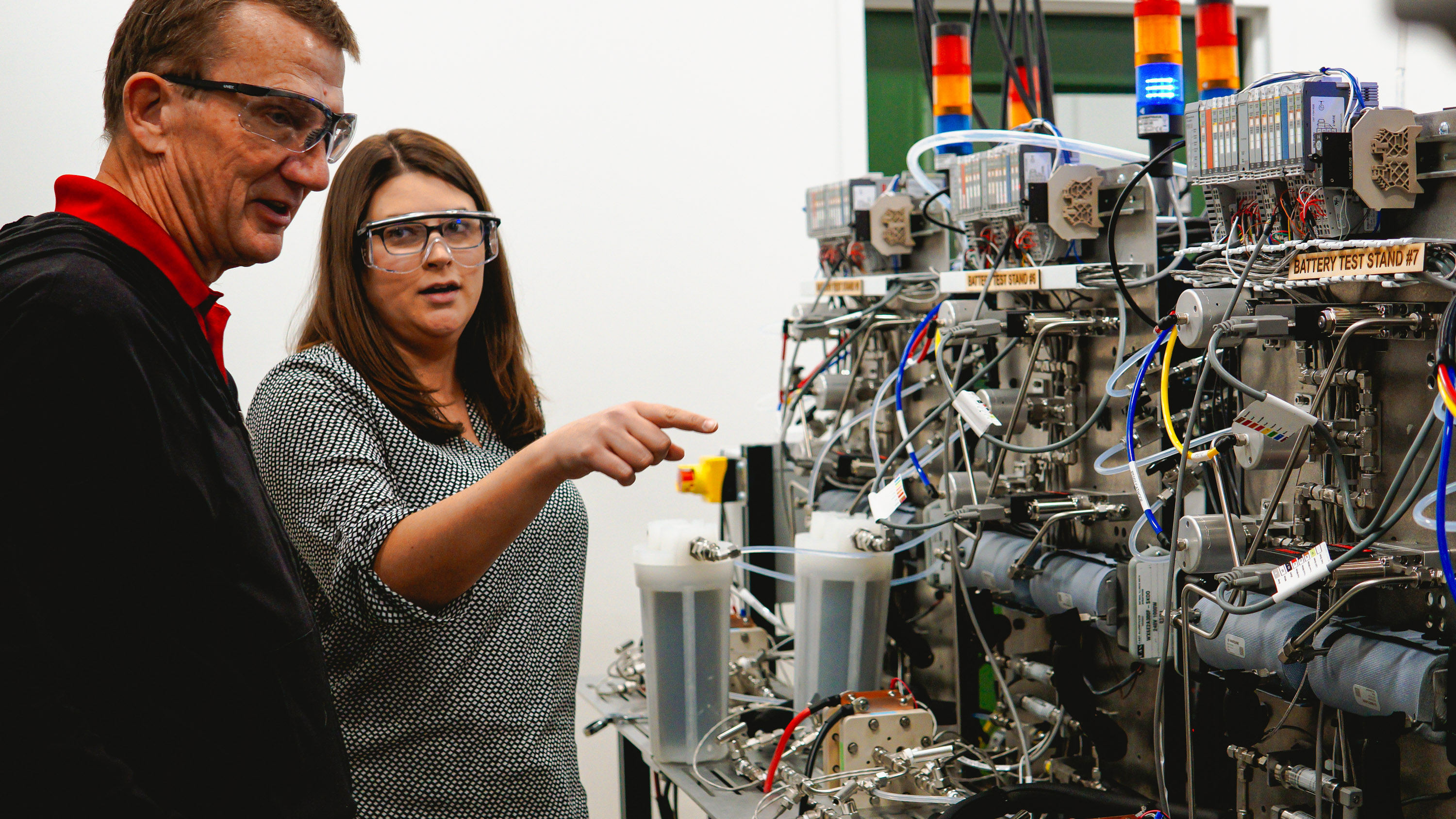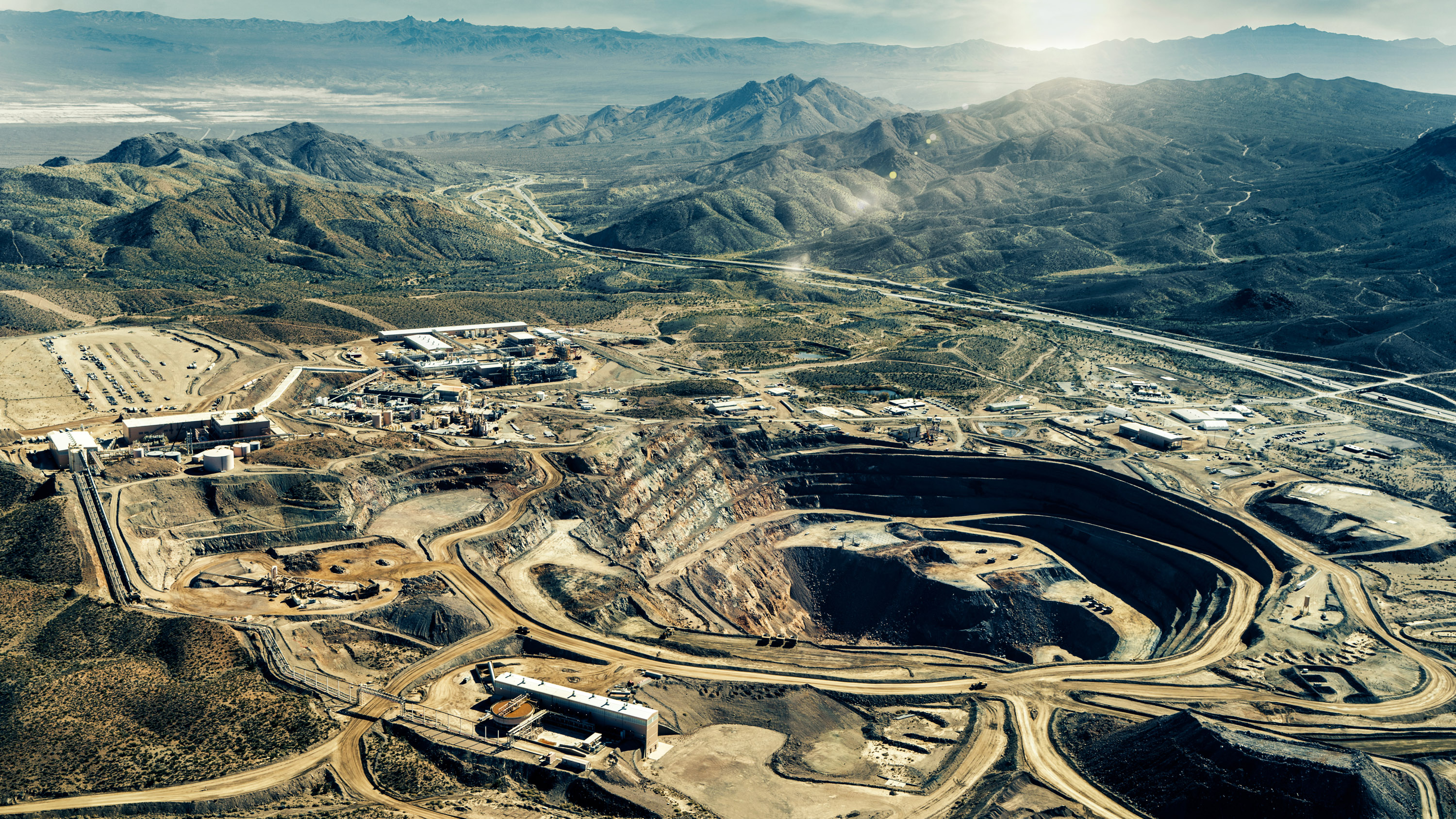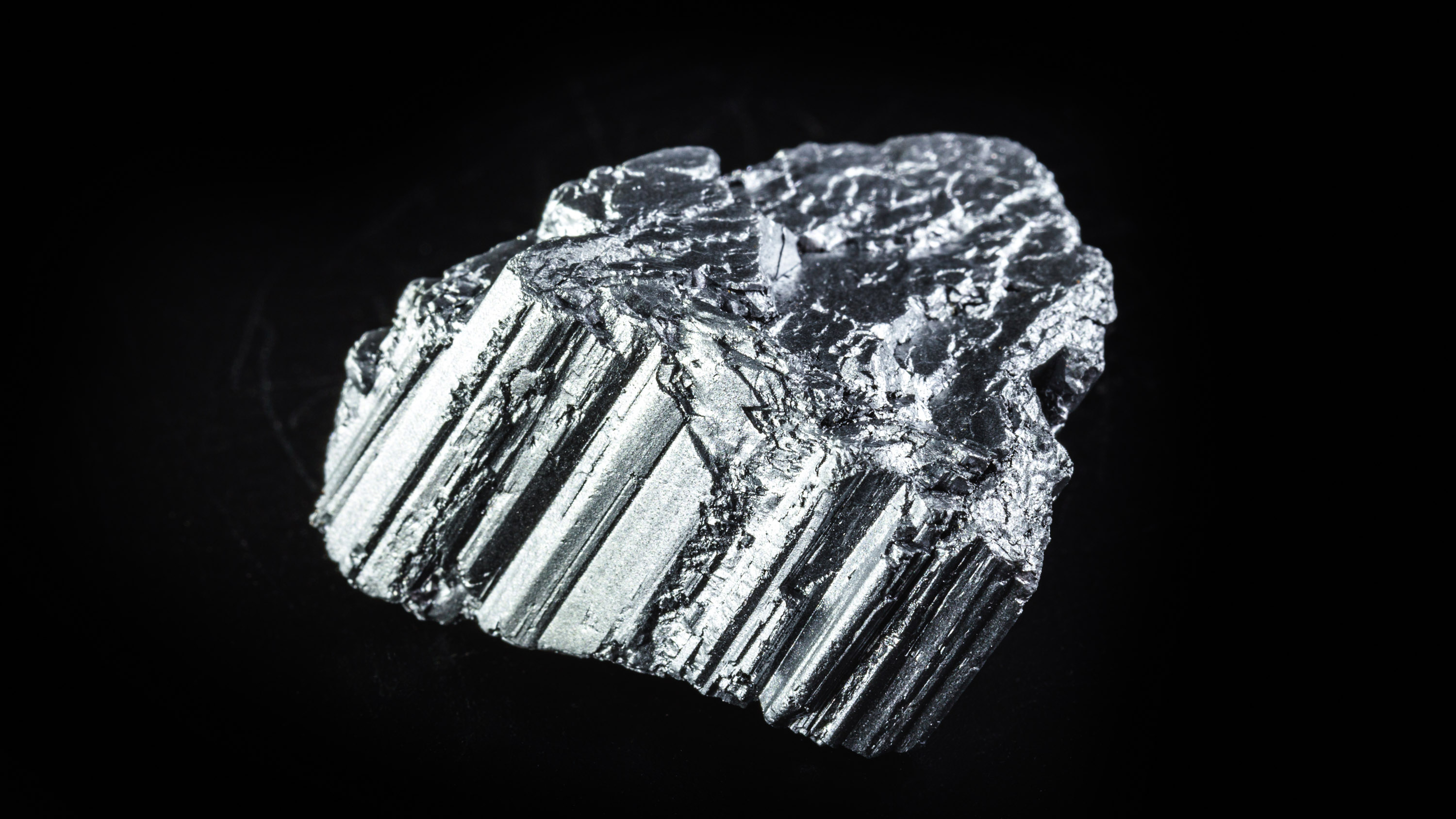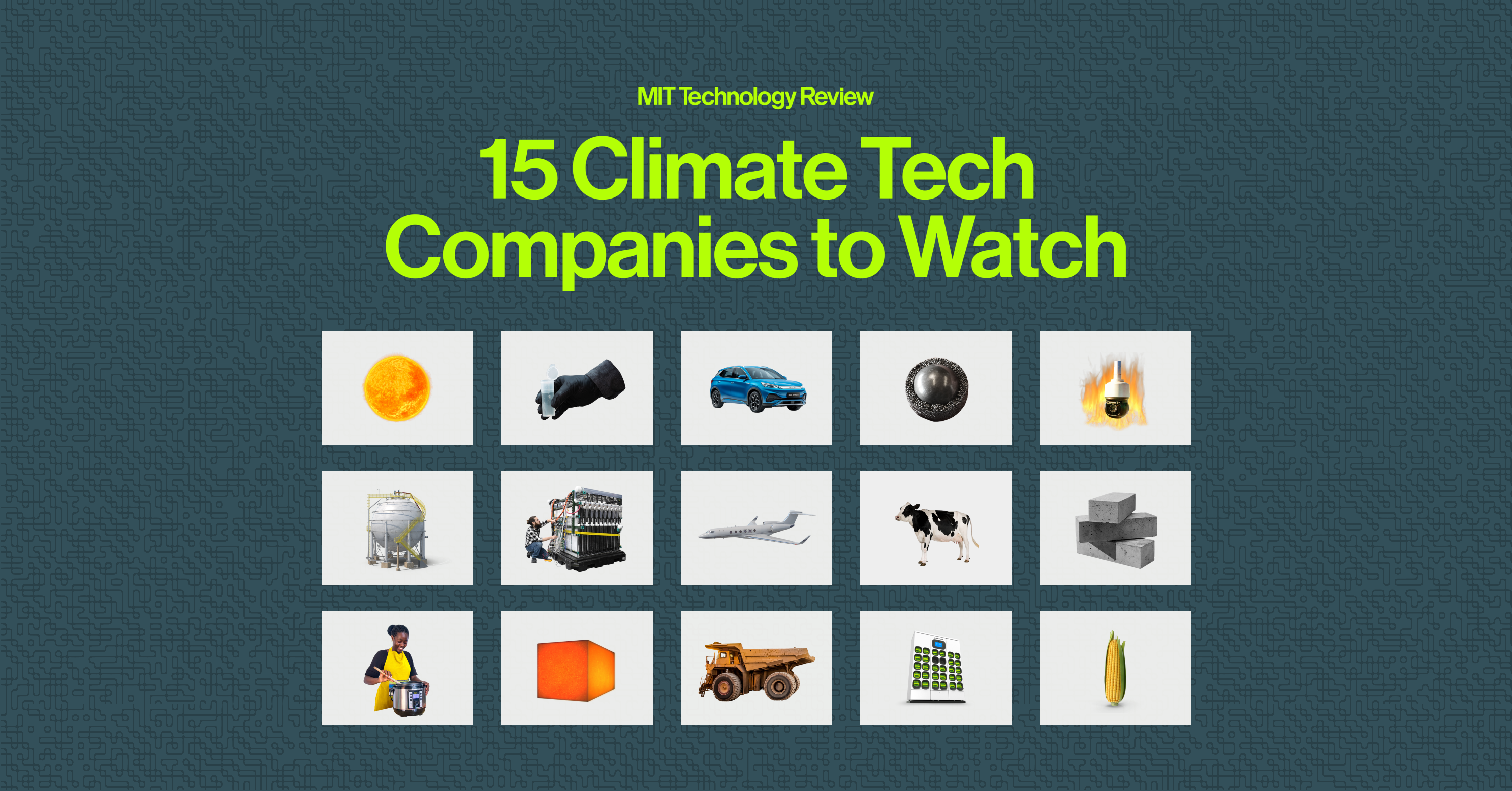2024 Climate Tech Companies to Watch: Electric Hydrogen and its push to mass-produce a carbon-free fuel
Electric Hydrogen is building 100-megawatt electrolyzers that could produce climate-friendly hydrogen at a lower cost.

Large swaths of the global economy are nearly impossible to electrify but could run on low-emissions hydrogen, helping the world transition away from fossil fuels. Electric Hydrogen is working toward more efficient, affordable production of green hydrogen.
Electric Hydrogen is striving to develop production methods that make it easier and more affordable to generate huge amounts of green hydrogen.
Hydrogen has emerged as a promising alternative to fossil fuels for the transportation sector and as a feedstock in the production of steel, fertilizer, methanol, and other products.
But hydrogen production to date has been pretty dirty. The vast majority of hydrogen is produced from natural gas, emitting significant levels of planet-warming greenhouse gasses. It can also be generated by an electrolyzer, a device that uses electricity to split water molecules into hydrogen and oxygen. But most electrolyzers are small and expensive, and they consume lots of energy and water. Moreover, they typically rely on electrical grids that aren’t powered by predominantly clean energy.
Electric Hydrogen wants to address these issues by developing electrolyzers that have about 10 times the capacity of today’s standard devices while also being more affordable and efficient.
The company is already operating a pair of electrolyzer plants in California, including a one-megawatt facility in San Carlos and a 10-megawatt project in San Jose. In April, Electric Hydrogen opened an electrolyzer factory in Devens, Massachusetts, which will crank out its first line of 100-megawatt electrolyzers. The company also raised $380 million in funding in 2023 from backers including BP, United Airlines, and Microsoft, making it the first electrolyzer company to be valued at over $1 billion.
Key indicators
- Industry: Hydrogen
- Founded: 2020
- Headquarters: Natick, Massachusetts, USA
- Notable fact: Two of the company’s three cofounders came from First Solar, a solar panel manufacturer that is also featured on this year’s list.
Potential for impact
To slow the pace of climate change, we need to drastically reduce our use of fossil fuels. Heavily polluting industries like fertilizer and chemical manufacturing are notoriously difficult to clean up. Fertilizer alone accounted for 2% of global emissions in 2022, according to a study published in Scientific Reports. It’s also tricky to eliminate emissions from certain types of transportation, including shipping and aviation, mainly because fuels can simply store more energy for a given weight than today’s batteries.
It’s these sectors where hydrogen shows the most promise, because it can be made into fuel that produces only water vapor as a by-product. But it’s hard to make clean hydrogen cost-competitive with fossil fuels.
Caveats
Electric Hydrogen will need to prove that its 100-megawatt electrolyzer systems can operate reliably at a low cost. To make low-emission hydrogen, the electrolyzers will need to use a lot of renewable energy, which may not always be available. In addition, Electric Hydrogen doesn’t share many details publicly about how its technology works, which makes it difficult to gauge the company’s claims and progress.
Next steps
The good news is that the Inflation Reduction Act, signed into law by the Biden administration in 2022, provided generous subsidies aimed at accelerating US-based hydrogen production. Though the details of how exactly these tax credits will be awarded are still being worked out, Electric Hydrogen is poised to benefit greatly from them in the coming years, either directly or through cost reductions for its customers.
Meanwhile, Electric Hydrogen plans to send the Natick facility’s first electrolyzer systems to OCI, a clean methanol manufacturer in Beaumont, Texas, later this year. Full commercial operation of these systems is expected in 2025, and the methanol will likely be used for maritime shipping around Europe. The company is also hoping to build out its business in Europe and Australia within the next few years.
If these electrolyzers work as efficiently and affordably as hoped, it will mark a huge step toward the company’s goal of producing clean, affordable hydrogen.
Explore the 2024 list of 15 Climate Tech Companies to Watch.
Deep Dive
Climate change and energy

This rare earth metal shows us the future of our planet’s resources
The story of neodymium reveals many of the challenges we’ll likely face across the supply chain in the coming century and beyond.

Andrew Ng’s new model lets you play around with solar geoengineering to see what would happen
The climate emulator invites you to explore the controversial climate intervention. I gave it a whirl.

Want to understand the future of technology? Take a look at this one obscure metal.
Here’s what neodymium can tell us about the next century of material demand.
Stay connected
Get the latest updates from
MIT Technology Review
Discover special offers, top stories, upcoming events, and more.
